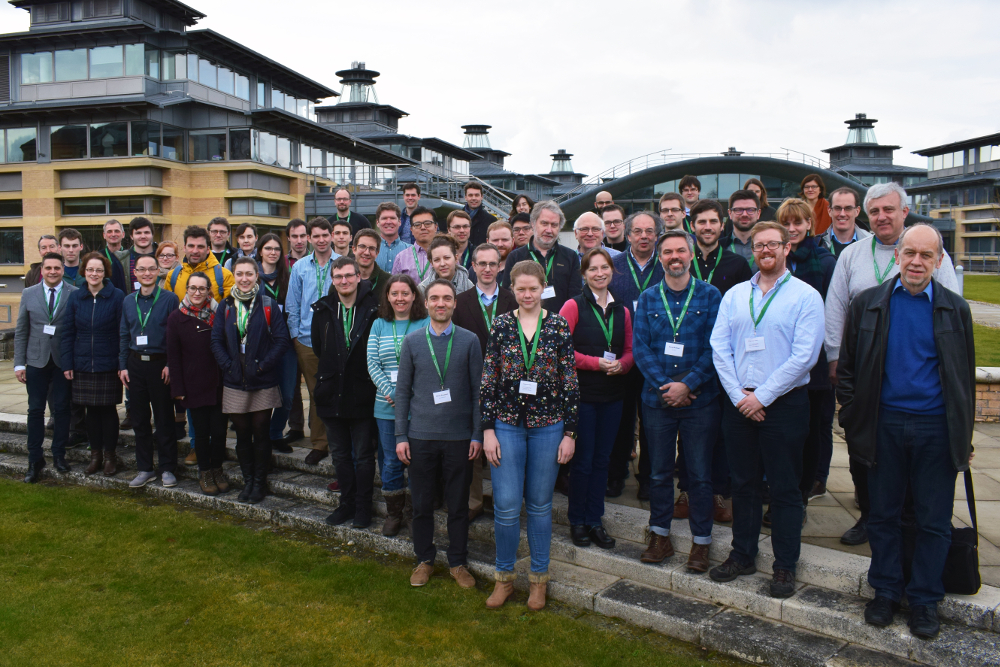Invited talk by Bruno Sudret
Events
Bruno Sudret gives a talk entitled “Dimensionality reduction and surrogate modelling for high-dimensional UQ problems” at the Workshop “Reducing dimensions and cost for UQ in complex systems” organized by the Isaac Newton Institute (Cambridge, UK), March 5-9, 2018.

This workshop is the third in a series of four organized within the Semester Project “external page Uncertainty quantification for complex systems: theory and methodologies”.
More information about the event can be found external page here.
Abstract
In order to predict the behaviour of complex engineering systems (nuclear power plants, aircraft, infrastructure networks, etc.), analysts nowadays develop high-fidelity computational models that try and capture detailed physics. A single run of such simulators can take minutes to hours even on the most advanced HPC architectures. In the context of uncertainty quantification, methods based on Monte Carlo simulation are simply not affordable. This has led to the rapid development of surrogate modelling techniques in the last decade, e.g. polynomial chaos expansions, low-rank tensor representations, Kriging (a.k.a Gaussian process models) among others. Surrogate models have proven remarkable efficiency in the case of moderate dimensionality (e.g. tens to a hundred of inputs). In the case of high-dimensional problems (hundreds to thousands of inputs), or when the input is cast as time series, 2D maps, etc., the classical set-up of surrogate modelling does not apply straightforwardly. Usually, a pre-processing of the data is carried out to reduce this dimensionality, before a surrogate is constructed. In this talk, we show that the sequential use of compression algorithms (for dimensionality reduction (DR), e.g. kernel principal component analysis) and surrogate modelling (SM) is suboptimal. Instead, we propose a new general-purpose framework that cast the two sub-problems into a single DRSM optimization. In this set-up, the parameters of the DR step are selected so that as to maximize the quality of the subsequent surrogate model. The framework is versatile in the sense that the techniques used for DR and for SM can be freely selected and combined. Moreover, the method is purely data-driven. The proposed approach is illustrated on different engineering problems including 1D and 2D elliptical SPDEs and earthquake engineering applications.
Co-authors: C. Lataniotis and S. Marelli